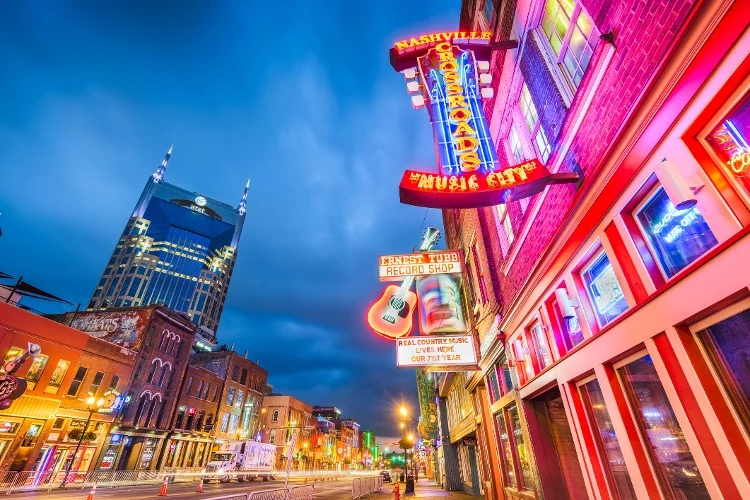Real estate is arguably one of the oldest and most diverse industries anywhere in the world. There are so many ways to invest in real estate, sometimes even the most experienced investors have trouble knowing where to begin.
What is real estate exactly?
Real estate is made up of two different components: Land, such as a lot in a subdivision; and Improvements, such as a single-family house built on the lot.
There are also specific physical and economic characteristics that make real estate different from any other asset class:
Unique: one piece of real estate is never exactly the same as another.
Scarce: land is in fixed supply, and only so many structures can be erected on a single parcel of lan.d
Improvements: made to the land can increase value, such as generating more income or changing to a higher and better use
Permanent: once infrastructure such as water and sewer systems, and sidewalks.
and streets are constructed, they are difficult to replace and can’t be relocated.
Immobile: real estate can not be moved from one place to another.
Indestructible: land is permanent and forever (except in cases of erosion).
Location: supply and demand for real estate is affected by user preferences such as good neighborhoods and school districts, population and job growth, and business-friendly governments.
The four main types of real estate
Investing in real estate can sometimes feel a little overwhelming, simply because there are so many options available.
If you’re just getting started in the business, it’s helpful to understand the four main types of real estate and how they work. Then, you can determine the real estate asset class that’s best for your investment strategy:

1. Residential
The residential real estate market in the U.S. is just plain huge. According to the World Property Journal, the combined value of the housing market hit $33.6 trillion this year, larger than the annual GDPs of the U.S. and China combined.
When you look at the different options for investing in residential real estate, it’s also easy to understand why the value of the U.S. housing market has grown by more than 50% over the last 10 years:
Single-family houses
Condominiums
Cooperatives (Co-op)
Townhomes
Duplex
Triplex
Fourplex
Mobile homes
Best sources for finding residential real estate include: Real estate agent, Adepts Group, contact an agent or admin for help: support email support@adeptsgroup.online

2. Commercial
The commercial real estate (CRE) market is best known for world-class shopping centers in California, trophy office properties in Manhattan, and oversized investor personalities.
So, you may be surprised to learn that the size of the U.S. commercial real estate market was recently estimated to be between $14 trillion and $17 trillion – only about half the size of the residential market.
Part of the reason the commercial real estate market is smaller is that, while everyone needs a place to live, not everyone needs a place to shop – at least at the same time. Commercial real estate is defined as property used for business purposes, including:
Office space including medical centers, suburban office parks, and urban office towers
Retail space including fast food outlets, neighborhood strip malls, and regional power centers
Apartment buildings and smaller multifamily property with five or more units
Mobile home parks
Leisure and hospitality property
Self-storage and mini-storage facilities
Parking lots and garages
Grocery stores and gas stations
Movie theatres
Due to the specialized nature of CRE property and the financial size of the transactions, oftentimes commercial real estate for sale isn’t publicly listed. Instead, large CRE firms such as Cushman and Wakefield, CBRE, Avison Young, and Marcus & Millichap work with buyers, sellers, and institutional investors and lenders directly.
The best online sources for learning more about the commercial real estate market include: Adepts Group for Opportunity Zone investments,contact an agent or admin for help: support email support@adeptsgroup.online.

3. Industrial
Although industrial real estate is used for business purposes like commercial real estate, it is usually treated as a separate type of real estate class because of the specific way property is used:
Manufacturing such as the Tesla factory in Fremont, California
Production facilities and food processing centers
Freezer and refrigerated storage facilities
Storage warehouses and distribution centers like the 4.3 million SF Boeing Everett Factory in Washington
Research and development parks including the Research Triangle Park in Raleigh-Durham
Power plans and solar generating stations
Data server centers for companies such as Google and Facebook
The best online sources for finding industrial real estate listings include: Adepts Group contact an agent or admin for help: support email support@adeptsgroup.online.

4. Land
Vacant or raw land is purchased for future development, and for natural resources rights such as mineral, water, or air rights in urban areas. Investing in land is a popular long-term strategy, because taxes and maintenance costs are usually very minimal, compared to developed properties with buildings and tenants.
Land includes:
Undeveloped raw land
Recreational parcels for camping, hunting, and fishing
Farms and ranches
Timberland
Orchards
Planned urban development (PUD) for residential or commercial development
Lots in a subdivision
In states with large amounts of vacant land - such as Arizona, Texas, Tennessee, and Florida – local land brokers are a good source for locating and negotiating the purchase of land. Popular online resource for finding land for sale and land auctions include: Adepts Group, contact an agent or admin for help: support email support@adeptsgroup.online
What is “Special Use” real estate?
Real estate that is multipurpose or built for a specific use is categorized as special use real estate. Sometimes called “purpose built” real estate, special use properties can be found in each of the four types of real estate classes including:
Mixed-use and projects that combine office, retail, and residential
Transit-oriented development (TOD) is a type of mixed-use property located near mass transit stations
Car washes and gas stations
Recreational facilities such as sports arenas, golf courses, and tennis clubs
Government buildings such as courts and post offices
Places of worship
Public and private schools
Student housing near major colleges and universities
Senior and assisted living facilities
Car washes





